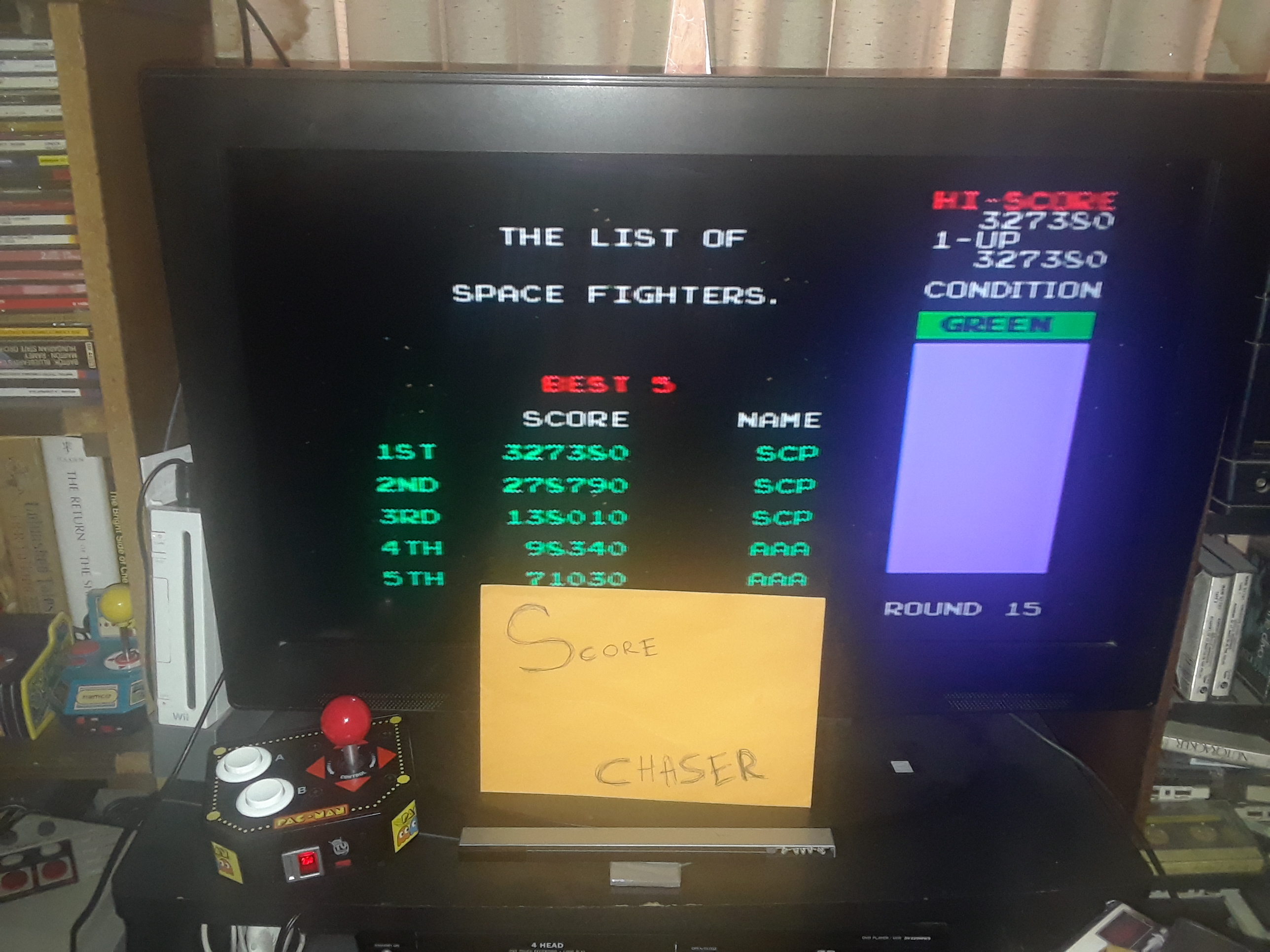

- #Bosconian arcade game game spot advance code
- #Bosconian arcade game game spot advance plus
- #Bosconian arcade game game spot advance series
#Bosconian arcade game game spot advance plus
Assault Plus (1988) - as a hidden game.Genpei Tōma Den (1986) - renamed Genji and the Heike Clans.The Return of Ishtar (1986) - the sequel to The Tower of Druaga.

Namco Museum Volume 4 Namco Museum Volume 4 Both are harder than the original and require different methods to beat the game. One called "Another Tower", and the other called "Darkness Tower". Two unique versions of The Tower of Druaga were also hidden in this volume. It contained the now-customary "museum mode". The first four were well known in the U.S., but the latter two were relatively unknown.
#Bosconian arcade game game spot advance code
Cutie Q (1979) - although only playable in the Japanese version, its code can be found on the American release.Bomb Bee (1979) - a hidden game only in the Japanese version.Super Pac-Man (1982) - only in the western version.
#Bosconian arcade game game spot advance series
The second installment of the PlayStation series features: Namco Museum Volume 2 Namco Museum Volume 2 changes (i.e., Pac-Man is still "Pac-Man", as opposed to "Puckman" the ghosts still have their U.S. For this reason, the games themselves are based on the Japanese releases, although for the U.S. The package also featured a " museum" mode where the player could walk through a virtual museum containing various curiosities surrounding the games including images of the mainboards, marketing material and conceptual artwork (all from the Japanese releases neither this nor the others contain any American materials). Since the PlayStation's analog controller was not available at the time, and analog control for Pole Position is only supported in this compilation by Namco's neGcon joypad. The control systems of six of the games were well preserved. This was the first in the long series for the PlayStation and contains:Īll of the games were ported from the original arcade version 's source code - Galaga and Pac-Man allowed for an alternative screenmode to compensate for the lack of vertical monitor, whereby the scoreboard was located on the left of the screen, or rotated the image 90 degrees if the user possessed a vertical monitor or was willing to risk placing the television/monitor on its side. Namco Museum Volume 1 Namco Museum Volume 1 7 Namco Museum 64 (N64) & Namco Museum (DC).Distribution.įirst Namco game to allow multiple cabinets to be linked together.

Distribution before NAMCO chose Atari Games to be their Official U.S. It was NAMCO's final game to be licensed to Midway for U.S. NES version sub-titled Trouble in Paradise in North America.Īlso known as Alien Sector in the United States and Distributed by Midway.įirst Namco game to allow two players on the screen simultaneously. Background music is the television series' theme song. Themed around Hanna-Barbera's Pac-Man television series. Released in the United States as Galaga 3. The game was never released in The United States as it was a failure at the arcades. NES version subtitled The Avenger in North America.Īlso Known As "Pac-Man & Chomp Chomp", replacing Pal with Chomp Chomp from Hanna-Barbera's Pac-Man Cartoon, but limited to a run of 300 machines produced for several European countries. One of Namco's earliest vertical scrolling shoot 'em up titles. NES version sub-titled Demons of Death in North America.įirst Namco game to have a continue feature.įirst Namco game to feature 16-bit graphics Released as Warp Warp by Rock-Ola in the U.S. Pac-Man were later turned over to Namco.įirst Namco game to feature synthesized voices. Three Pac-Man games by Midway also use the Namco Pac-Man hardware - Ms. Namco's best-selling arcade game of all time. Namco's first independently released video game.įirst Namco game to feature background music and a bonus round. A video game version Robot Band PicPac is included in Namco Museum Vol. It was among Japan's top ten highest-earning arcade games of 1980. Released by Midway in North America, in September 1979.Īn arcade baseball game incorporating a pitching machine. Japan's ninth highest-earning EM arcade game of 1978. Projection light gun shooter ( skeet shooting) game. Released by Atari in North America, in November 1976. Electro-mechanical (EM) game released by Sega internationally in 1966.


 0 kommentar(er)
0 kommentar(er)
